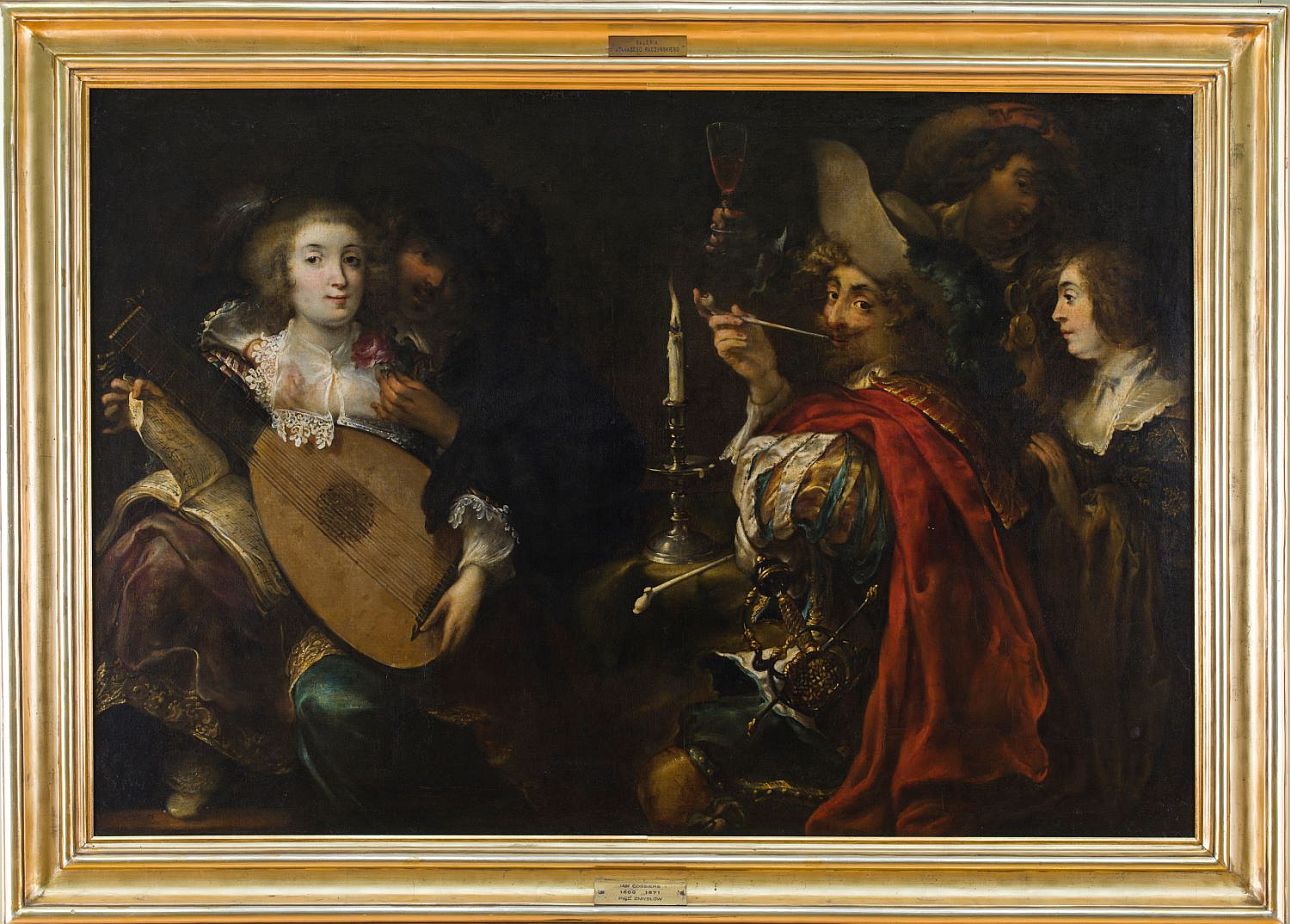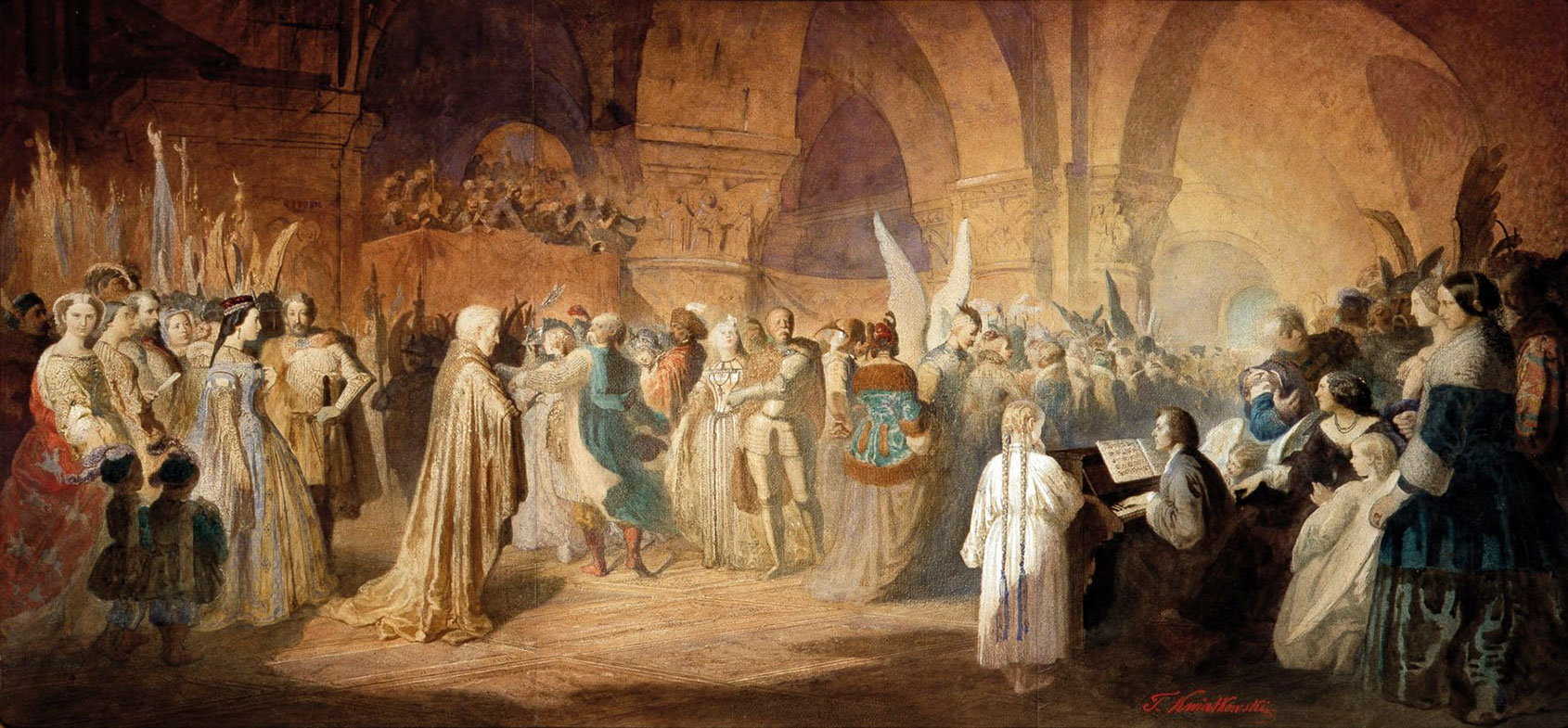Around the five senses

Emigration from the kitchen
Food - the ways in which it is prepared and served, the vegetables and fruits characteristic of many parts of the world, or the aromatic spices - is nothing but culinary culture. It is an extremely important element of identity and at the same time constitutes the distinctiveness of a given nation or group. Classes "Emigration from the kitchen" will tell the story of how, over the centuries, along with Polish emigration also emigrated culinary recipes, becoming popular to this day in Western Europe or the USA. They will also introduce the profile of one of the most famous ambassadors of Polish cuisine abroad - King Stanisław Leszczyński.
Download: Lesson outline (PDF)
Sounds of emigration

It was thanks to them that Polish mazurkas and polonaises entered Parisian, London or Viennese salons with a bang, becoming part of the European musical heritage. Polish musicians, composers and at the same time emigrants, who were forced to leave their Homeland, are the main topic of the lesson "Sounds of emigration". Among other things, the classes will introduce the circle of Polish musicians in 19th-century Paris and how strongly they influenced composers and music throughout Europe, as well as talk about the Greater Poland threads of musical emigration. The whole will be complemented by musical excerpts illustrating the topic.
Download: Lesson outline (PDF)
